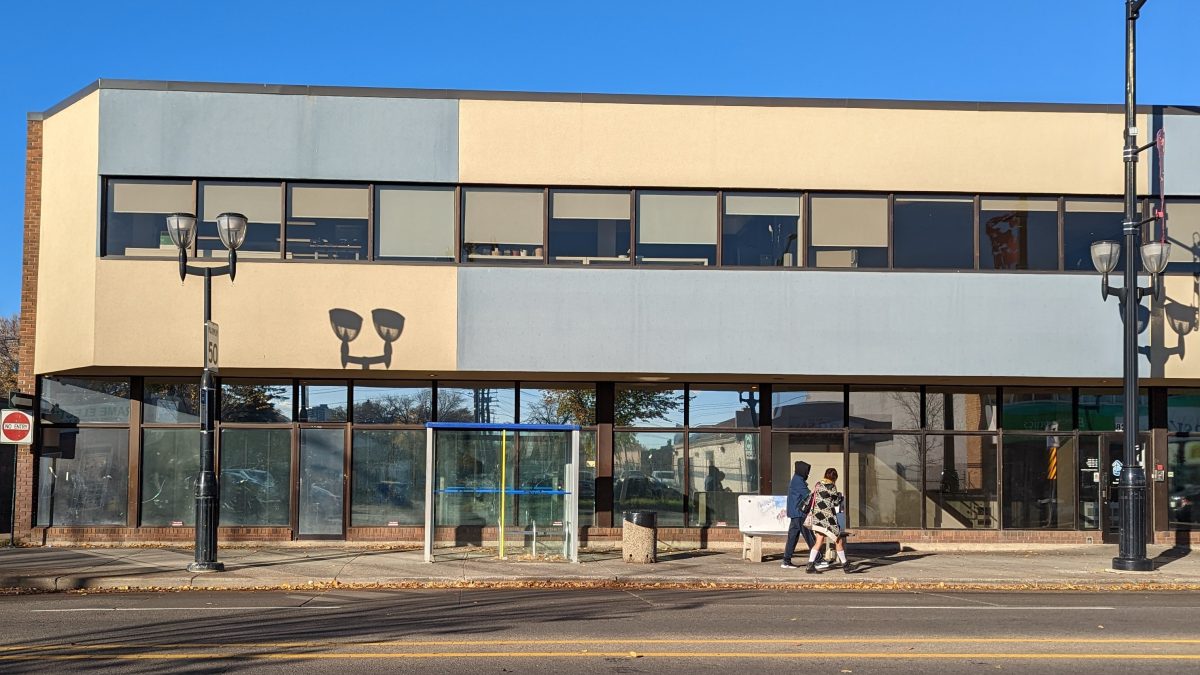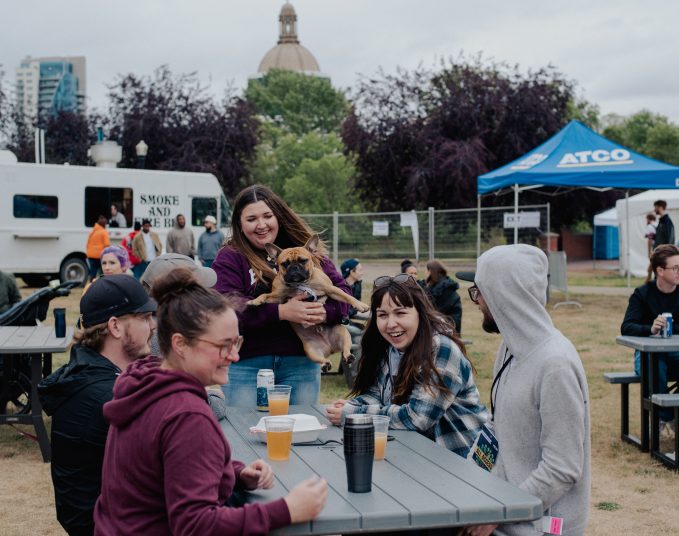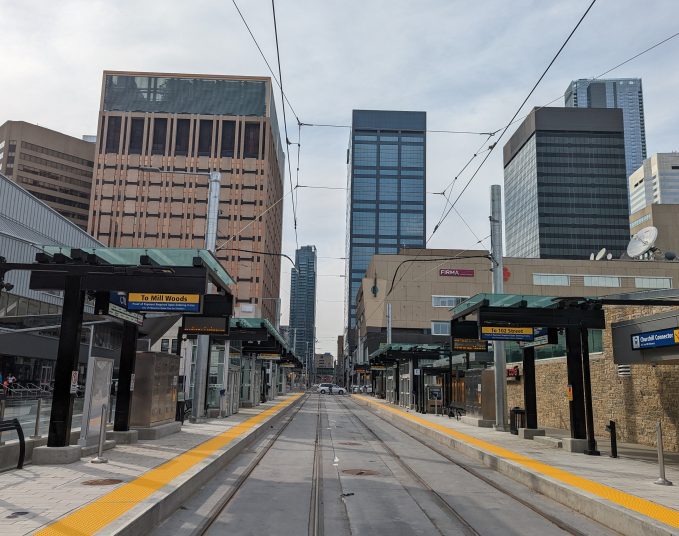The vacant storefronts haunting Edmonton create dead zones that won’t be solved with a few annual Spirit of Halloweens.
Politicians, city planners, community groups and businesses are all working on long-term strategies to snuff out vacant storefronts, but the problems touch on a tangled web of issues that transcend any single authority.
“I think the topic highlights the interplay between social challenges, economic recovery, economic growth, community interests – and the interplay between policy setting and regulation and the private sector,” says Tom Mansfield, the director of local economy and investment services with the City of Edmonton. “This topic seems to pull all of those threads almost at the same time.”
Like many cities, Edmonton is grappling with holes left by former retail stores that couldn’t keep up with online shopping and the COVID-19 pandemic, and the ensuing social issues that accompany these “dead zones.”
“It’s an opportunity for more affordable businesses to be able to step into that space, it creates opportunities for local entrepreneurs."
The problem is especially stark in areas like City Centre Mall, which was once filled by downtown office workers; in outlying areas with shuttered warehouse-style box stores; and on struggling commercial streets in older areas like Alberta Avenue.
Councillor Ashley Salvador, whose Ward Métis is composed entirely of mature neighbourhoods, often hears concerns about how to revitalize streets that have strong bones but are littered with vacant storefronts. Complaints often follow about crime and feelings of reduced safety.
“When I think about lack of housing for marginalized and vulnerable Edmontonians, the ongoing opioid crisis, continuing mental health challenges, that absolutely is part of the conversation,” Salvador says. “At the end of the day, we absolutely need to address those systemic challenges while we are making investments into these main streets and welcoming more residents and businesses to the area.”
Salvador’s first motion as a councillor was related to problem properties, spurred by complaints from Alberta Avenue residents around derelict structures being set on fire. The Community Property Safety Team, launched in April, secures high-risk properties from public access by putting up boarding, fencing and ordering security patrols. Any costs are billed to the property owners through municipal taxation, forcing some level of accountability. In some cases, the team will go all the way to demolishing a property. A report coming to council at the end of the month will talk about tools the city can use to address derelict residential and commercial properties – including making a new tax class for such properties and charging a premium – to prevent landlords from sitting on empty properties by raising their costs.
The city is taking a multi-pronged approach, with new plans like the Community Safety and Wellbeing Strategy, the Downtown Core Transit Safety Plan, the Downtown Vibrancy Strategy and the Chinatown Strategy, all aiming to make those areas of Edmonton more inviting for entrepreneurs and potential customers.
To entice landlords with vacant commercial spaces to make upgrades, the city is offering a matching reimbursement Interior Building Improvement Grant of up to $20,000 for renovations made to ground floor storefronts that have been vacant for at least six months.
Mansfield says the City’s current strategies need time to work.
“They’re in nascent stages of implementation because they are things that have just been approved in the last few months, so there’s time required,” he says. “We’re also in the midst of recovery from the pandemic, from an economic and social perspective, and that takes time as well.”
Experts say shopping culture has shifted, with trends pointing toward growth in experiential retail. People want entertainment options coupled with shopping, and they want to go to places that look and feel nice.
Heather Thomson, executive director of the Centre for Cities and Communities at the University of Alberta, says statistics actually show that most Millennials and almost all of Gen Z prefer to do shopping in person, indicating a coming shift back to physical shopping, albeit from customers who don’t want to simply walk through giant, barren parking lots to see endless aisles of products on shelves.
“The psychology around that is probably, ‘We’re so digitally connected, we’re almost digital native.’” Thomson says. “This ability to get out and step away from the digital world is so important right now.”
As frustrating as the eyesores may be, and as complicated as the solutions are, the overall picture may not be as bleak as it seems.
As Salvador notes, with the right approach, vacant storefronts also present opportunities.
“It’s an opportunity for more affordable businesses to be able to step into that space, it creates opportunities for local entrepreneurs,” she says. “Right now, if you walk up and down the ave, just take note of some of the diversity of businesses and cultures represented. So there is something special happening here, and there’s a lot of local gems that have already put down roots.”
Savvy AF. Blunt AF. Edmonton AF.




